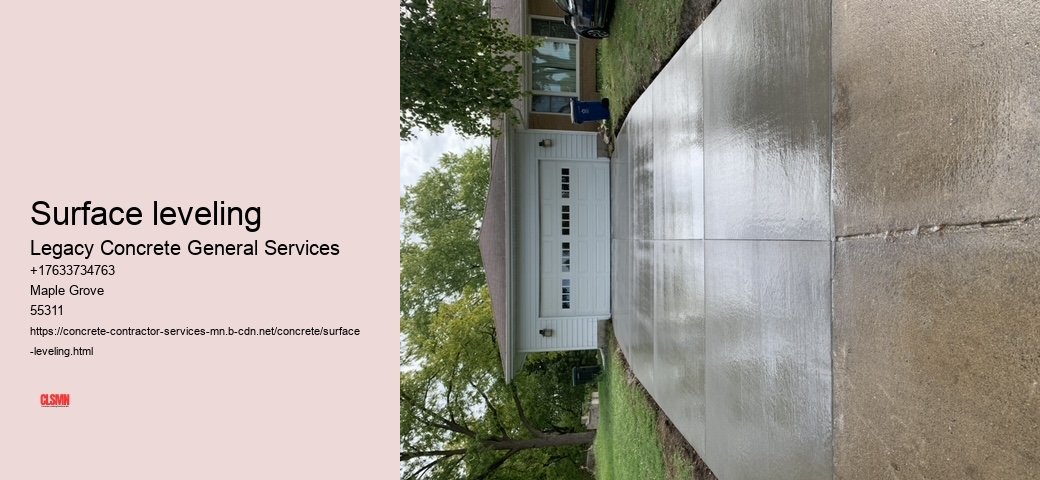Surface leveling is a fundamental process in construction, landscaping, and various industrial applications. Patio It involves the act of flattening or smoothing a surface to ensure evenness and uniformity, which is essential for achieving structural stability, aesthetic appeal, and functional efficiency. Whether its preparing land for a building foundation or creating a level playing field for sports activities, surface leveling plays an indispensable role in ensuring the success of countless projects.
The importance of surface leveling cannot be overstated.
Surface leveling - Climate
- Ready Mix Concrete
- Handyman
- Lawn Care
- Truck
Climate
In addition to its significance in construction projects, surface leveling is critical in landscaping and agriculture. A leveled garden or lawn not only enhances visual appeal but also improves functionality. Water distribution becomes more efficient on even surfaces, reducing runoff and promoting healthy plant growth. In agricultural settings, farmers rely on leveled fields to optimize irrigation systems and maximize crop yields. Uneven fields can lead to water wastage or inadequate supply to certain areas-both of which impact productivity.
Achieving proper surface leveling requires both expertise and specialized tools or machinery. Traditional methods often involve manual labor using basic tools like shovels and rakes; however, modern technology has revolutionized this process through automated equipment such as laser-guided graders and bulldozers equipped with GPS controls. These advancements enable workers to achieve remarkable precision while reducing time and effort significantly.
Despite technological progress making surface leveling more efficient than ever before, challenges remain. Factors like soil type, weather conditions, and terrain complexity can complicate the process substantially. Laminate For instance, sandy soils are prone to shifting over time even after initial leveling efforts are completed; similarly unpredictable rain patterns may disrupt work schedules altogether during outdoor projects requiring dry ground conditions.
Moreover environmental concerns surrounding excavation activities associated with major earthmoving operations bring additional scrutiny onto professionals tasked with implementing sustainable practices alongside their technical responsibilities . As society becomes increasingly aware about ecological impact industries including those dependent heavily upon wide scale land modification must adapt accordingly balancing economic objectives environmental stewardship alike .
Ultimately ,surface levelling serves integral purpose enabling humanity transform raw landscapes functional spaces capable meeting diverse needs ranging from shelter recreation industry beyond . By combining traditional knowledge modern innovation individuals organizations alike continue refine perfect critical skillset ensuring safe reliable effective outcomes every endeavor they undertake involving manipulation foundational elements earth beneath feet !
